PROTECT YOUR DNA WITH QUANTUM TECHNOLOGY
Orgo-Life the new way to the future Advertising by AdpathwayThe Hiitolanjoki river, which runs amid pine forests and fields of grain from Lake Simpelejärvi in south-east Finland to Lake Ladoga in Russia, is welcoming an old friend back home. The river is teeming with wild landlocked Atlantic salmon, a fish that was until very recently extirpated from Finland.
READ: THE CATCH - THE ECOLOGIST INVESTIGATION INTO SALMON FARMING
In the early twentieth century, the local forestry industry constructed three dams in the river to power paper production. The dams blocked off the rapids of Kangaskoski, Lahnasenkoski and Ritakoski.
At the same time, they blocked most of the spawning grounds of the local salmon population on the Finnish side of the border. Additional barriers on the Russian side and a border fence made sure that the population was gone from the upper reaches of the river.
Behavioral
But near the turn of the millennia, the barriers from the Russian side and the border were removed and the first wild landlocked salmon in decades were seen again in Finland, below the dam in Kangaskoski.
Spurred to action the Etelä-Karjalan virkistysaluesäätiö, a local organisation for the development of nature recreation and camping, managed to secure funding from private and public funds to purchase and remove the last barriers blocking the salmon's way to their original spawning grounds.
They demolished the dam in Kangaskoski in 2021, the one in Lahnasenkoski in 2022 and the final barrier in Ritakoski in 2023. There is still one more dam higher upstream in the Juvankoski rapid, but that has always been too steep for any salmon to ascend.
The landlocked salmon (Salmo salar sebago) is a freshwater form of the normally ocean dwelling Atlantic salmon. While some of the landlocked salmon live all of their lives in streams, most of them live in large lakes and venture up streams and rivers only to spawn like their oceanic relatives.
The landlocking of Atlantic salmon has happened several times in north-east North America and northern Europe because of a variety of causes, ranging from behavioral changes to the waterways being cut off from the ocean. Some populations of landlocked salmon still have free access to the ocean but for an unknown reason they decide to remain in fresh water.
Reproductive
The population that spawns in Hiitolanjoki is resident to the largest lake in Europe, Lake Ladoga of Russia.
The largest lake in Finland, the nearby Lake Saimaa used to have a wild population of landlocked salmon but the damming of the rivers with their spawning grounds left the population entirely reliant on fish stocked from hatcheries, totally removing any wild populations Finland had before their current resurgence.
According to the Dam Removal Progress 2024 -report, out of the total 542 dams and other barriers removed from waterways in Europe in 2024, over a quarter were in Finland. After Finland (138) the most barriers were removed in France (128), Spain (96), Sweden (45) and the UK (28).
Several more projects for clearing the rivers are on the way in Finland but the most important for the landlocked salmon is the dismantling of the dam at the rapids of Palokki in Heinävesi.
The demolition of a single dam would release nine rapids and would free up to 1500 kilometers of waterways upstream from the dam for the Lake Saimaa salmon population, possibly rewilding it.
According to Matti Vaittinen, the water systems manager at the Centre for Economic Development, Transport and the Environment (ELY Centre) the Saimaa population has another problem besides just spawning grounds: "The Lake Saimaa population is apparently the most inbred salmon population in the world, so its reproductive success wouldn't necessarily be good."
Spawn
According to Vaittinen, after the removal of the barriers at the border and on the Russian side there were plenty of parent fish around but only a small area insufficient for any meaningful spawning. Things changed quickly after the removal of the first dam in 2021.
"Immediately during the autumn or end of the summer 2022, salmon and trout hatchlings were found quite well from Kangaskoski - and year after year there have been better densities there", Vaittinen said.
This year in Kangaskoski the average densities for salmon, which are calculated based on electrofishing conducted in several locations in Hiitolanjoki every year, reached another record ranging from 200 up to 400 per are in the most populous test area.
"I've electrofished quite a bit. And from nowhere, not even any spring streams, have I found densities like that," said Vaittinen.
Upstream from Kangaskoski, at the most recently released rapid of Ritakoski, the restoration was finished in 2023 after the salmon had already begun to spawn, so last year no hatchlings were found there.
Rapids
But the salmon find their way upstream quickly. This year the best test area already had a density close to 200 per are. Unlike the future of the Saimaa population, Vaittinen doesn't seem worried about the salmon in the Hiitolanjoki river and he says that the restoration has clearly worked.
Besides yearly electrofishing, the ELY Centre has also installed a fish finder this year to observe the fish populations of Hiitolanjoki but the data hasn't been analysed yet.
Before the removal of the dams, it was estimated that the yearly productivity of the area could be 5 000-11 000 hatchlings, which would double the total production of the landlocked salmon in the whole Hiitolanjoki river. And now it seems like that could become the reality.
"When the fish that hatched in Kangaskoski start ascending back to their birth rapids like they usually do, we should have an effect where year after year we should have more and more salmon", Vaittinen estimates.
This author
Tommi Rinne is an upstart nature journalist form south-east Finland, who is happy to see positive change in his local region.


.jpg) 1 day ago
1
1 day ago
1
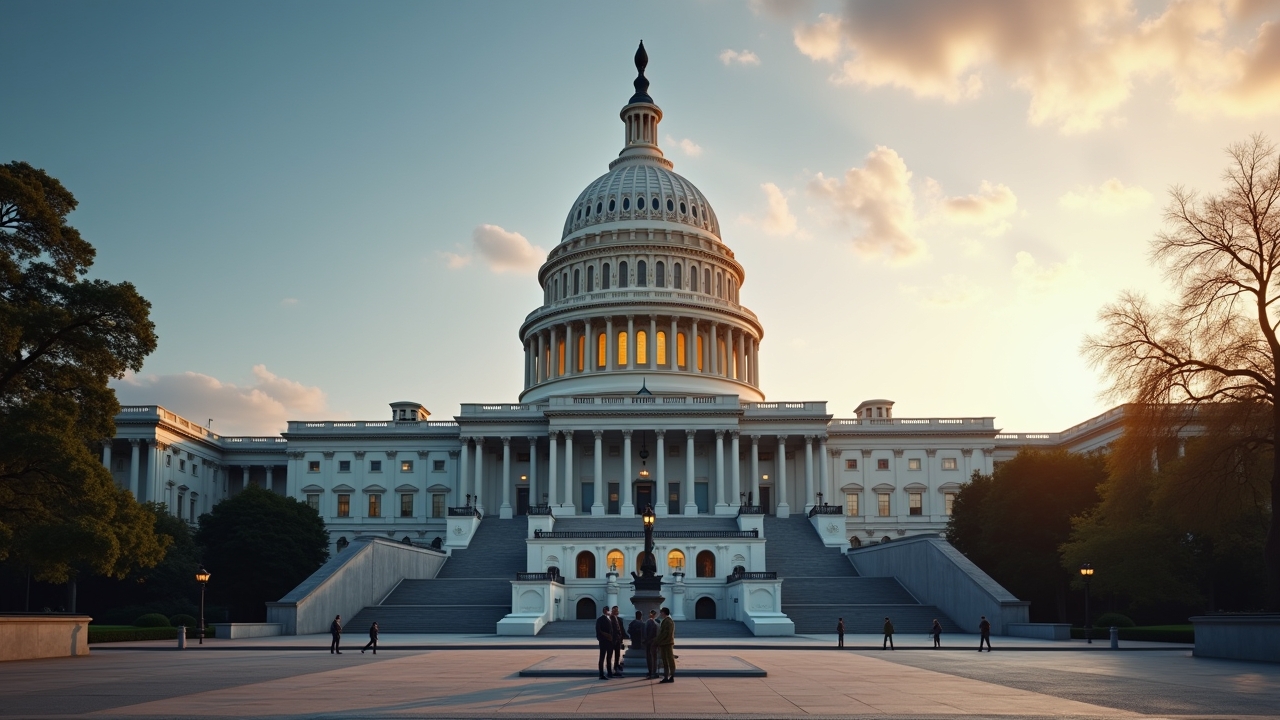




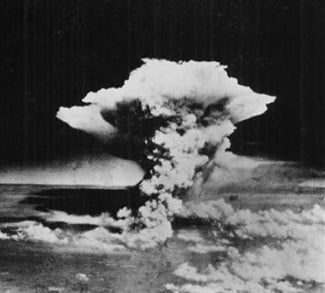
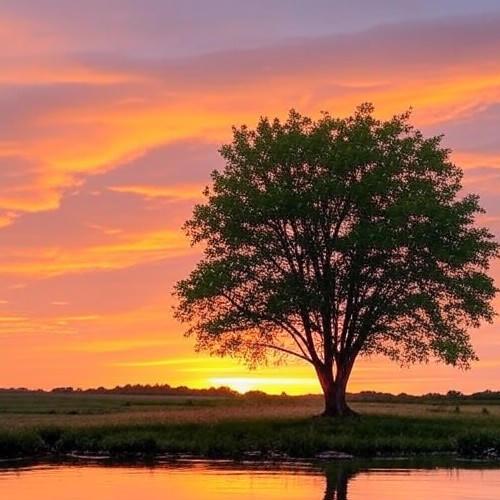





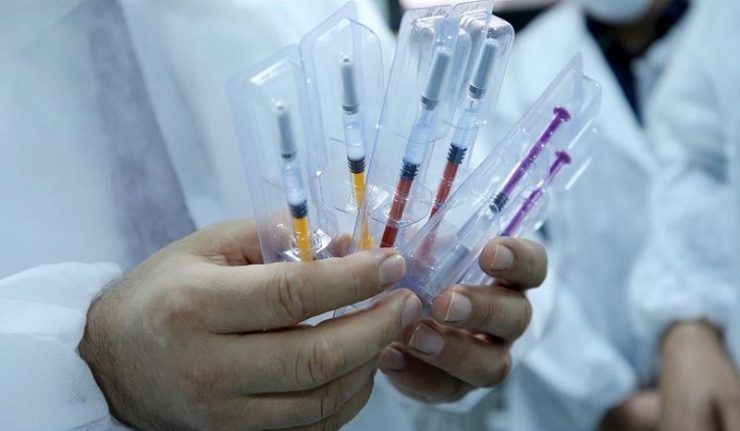
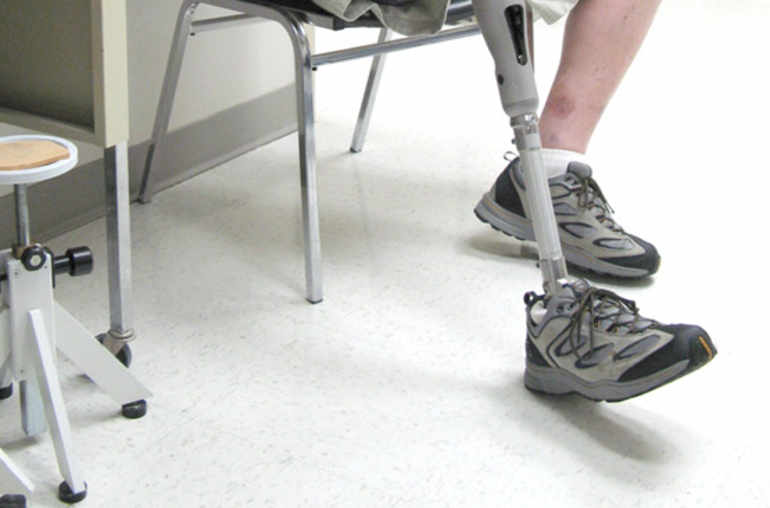
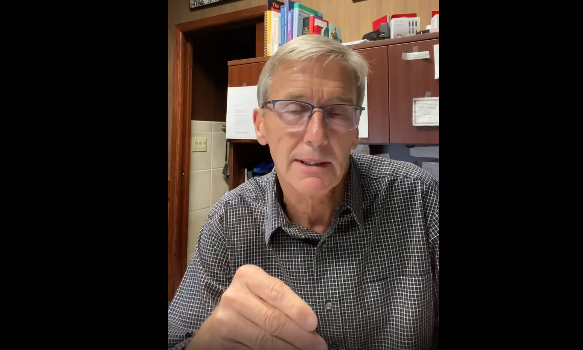



.jpg)


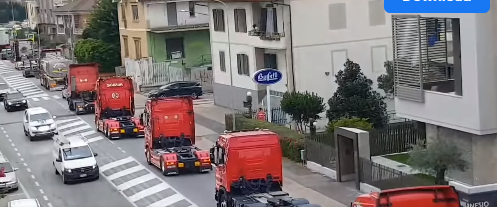



 English (US) ·
English (US) ·  French (CA) ·
French (CA) ·